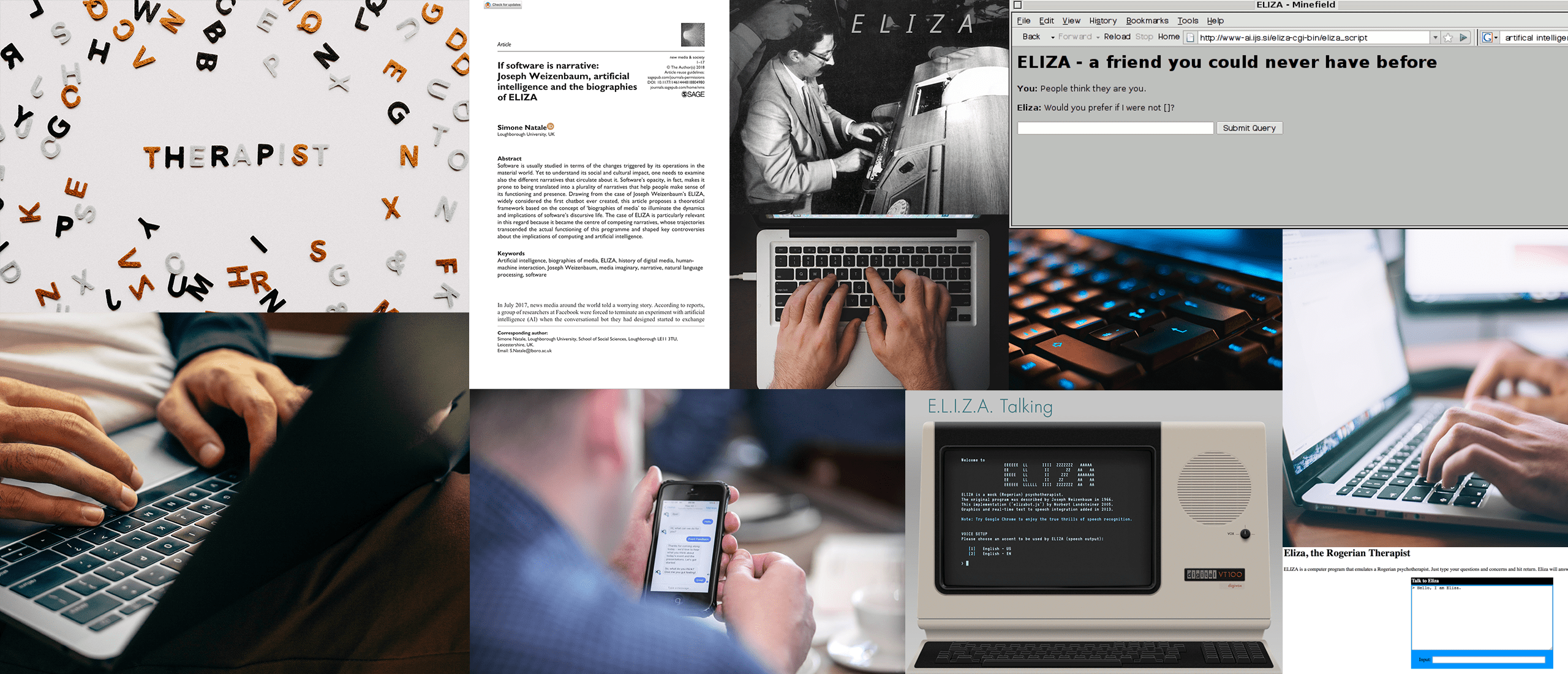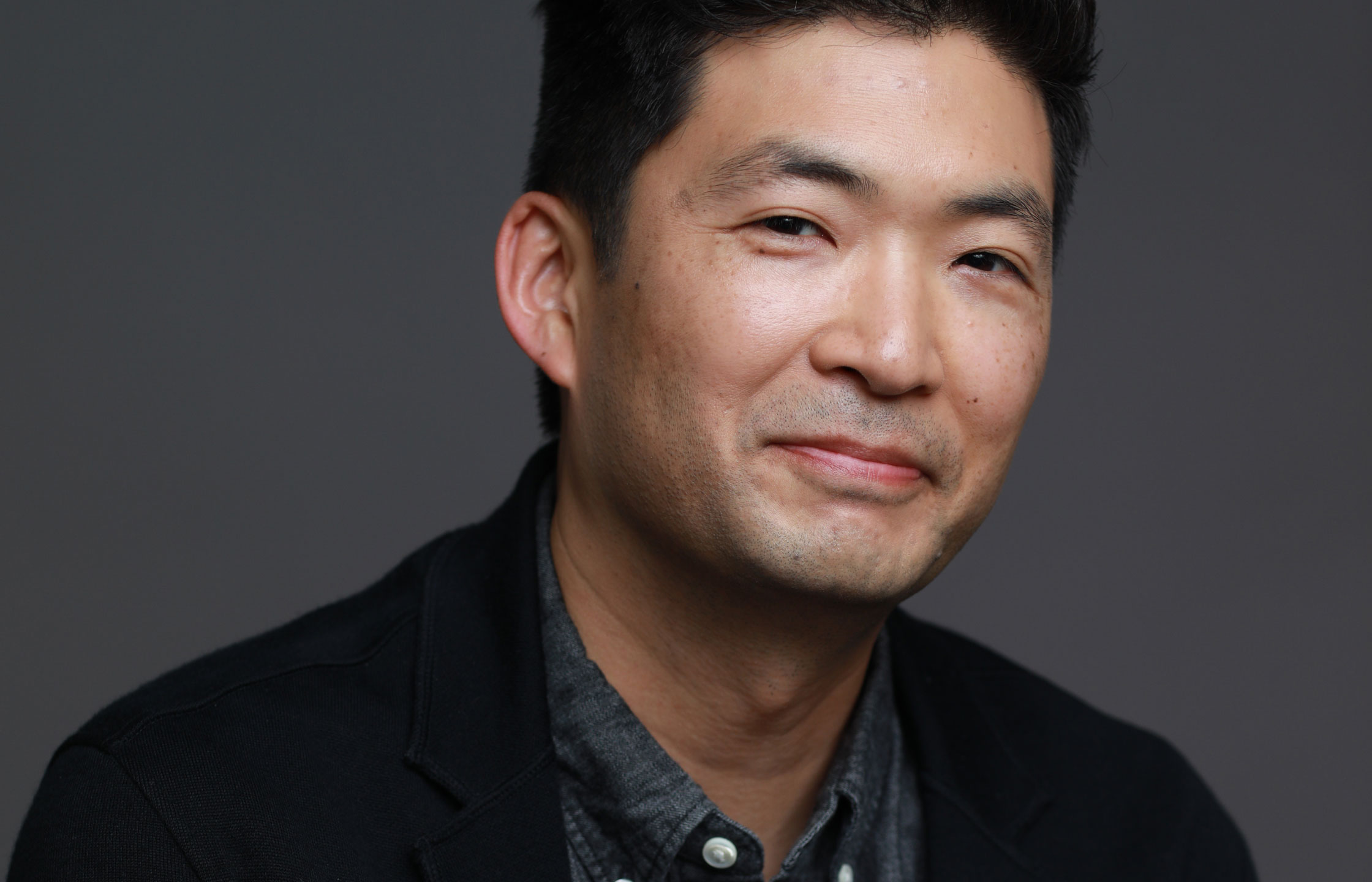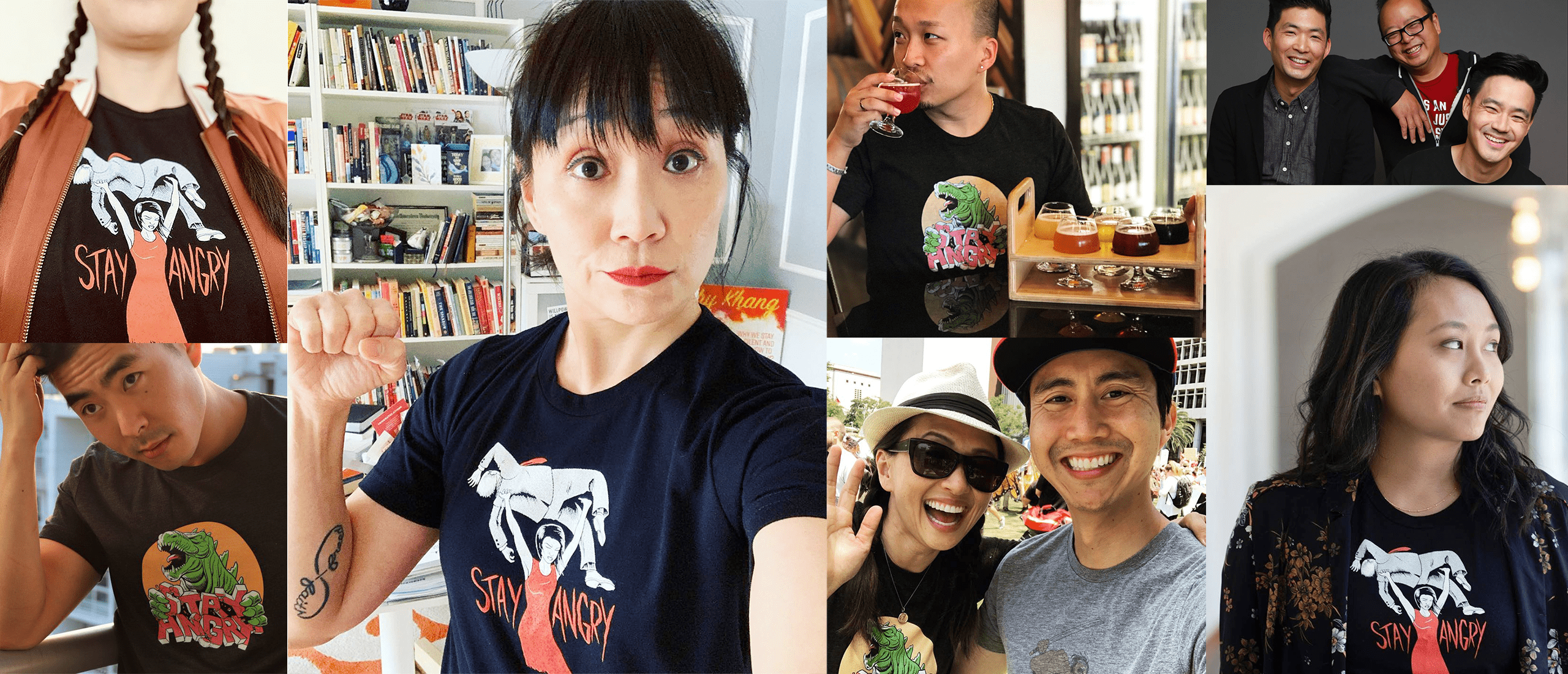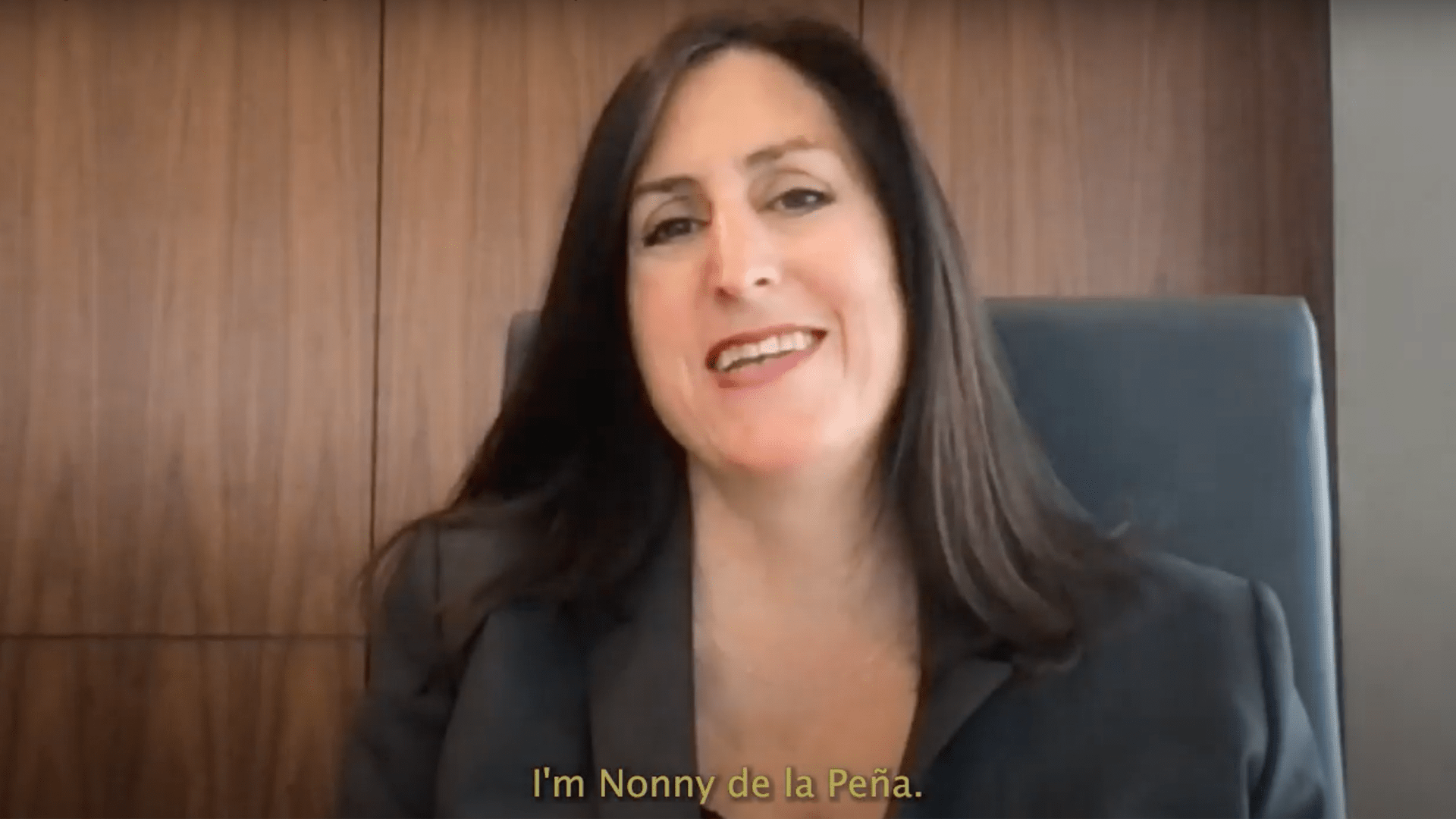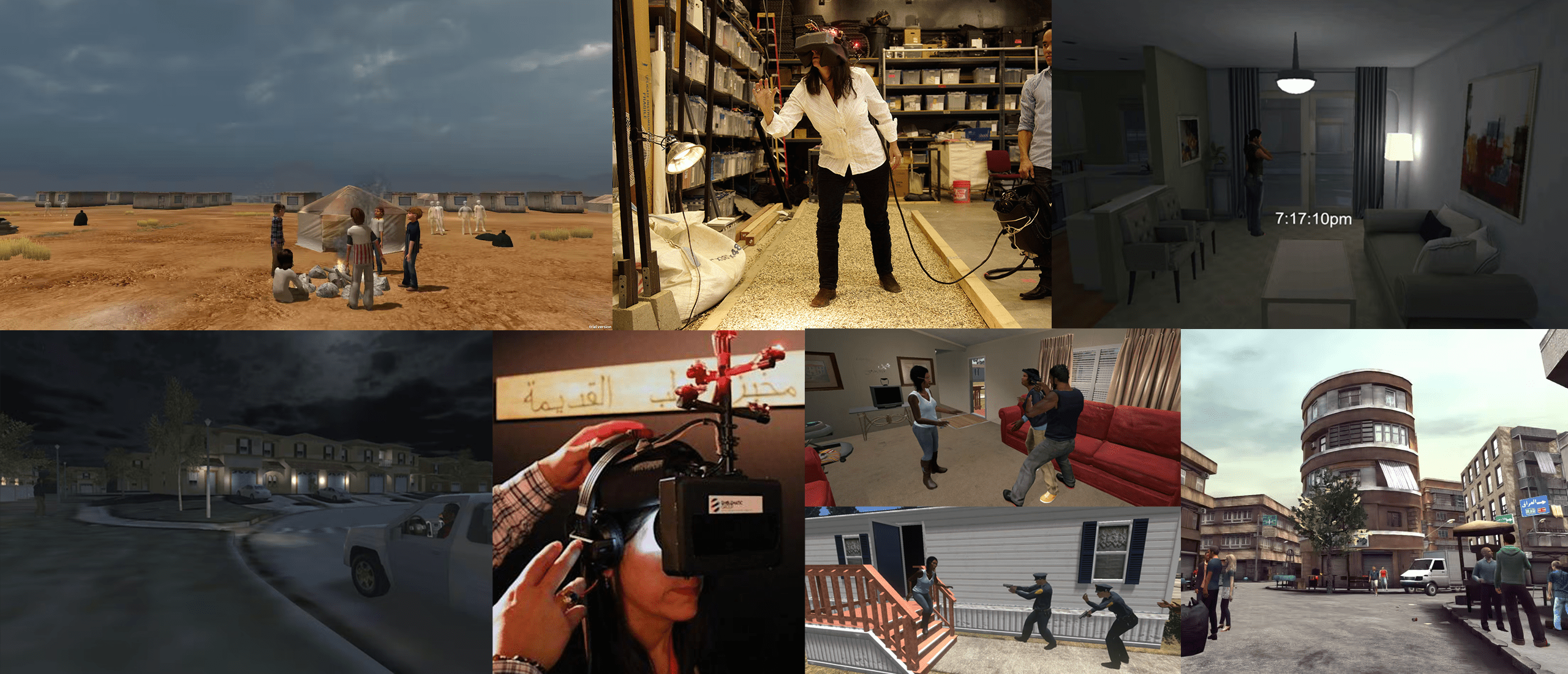
ABOUT
Our worlds are composed of the stories we tell ourselves. In 1966, Joseph Weizenbaum saw the potential in the computers of his day to create a program for the purpose not of processing information or doing scientific calculations, but for the sole intention of making a relationship. A computer program with the goal of evoking our personal stories and through them creating an emotional connection. This program was ELIZA.
ELIZA took the form of what we now call a chatbot. She was presented as a “mock (Rogerian) Psychotherapist.” Participants would write to her and she would respond with relevant questions or statements that fueled further conversation. The perception of empathy from ELIZA was so strong that participants often requested privacy while talking to her.
It can be easy these days to mistake ELIZA for her descendants—natural language personal assistants like Siri or Alexa. While this software has advanced considerably in the course of the last 50 years, the change in focus to transactional interactions—language as interface—obscures the revolutionary personal narratives that ELIZA created. Writing about his creation for his academic peers in January 1966, Weizenbaum prefaced:
“It is said that to explain is to explain away. This maxim is nowhere so well fulfilled as in the area of computer programming. … For in those realms machines are made to behave in wondrous ways, often sufficient to dazzle even the most experienced observer. But once a particular program is unmasked, once its inner workings are explained in language sufficiently plain to induce understanding, its magic crumbles away; it stands revealed as a mere collection of procedures, each quite comprehensible.”
In the intervening half-century of advancement, as software has gotten more complex, it is in some ways easier to see the revolutionary nature of ELIZA. Even in their infancy, computer programs had already been vehicles of stories. ELIZA showed the world that a simple computer script could evoke not just one story, but be a vehicle for as many stories as there were people who interacted with her. She opened the door to software as a tool not just for business or science, but also for emotional interactions. For the foundational work of using software to create empathy, connections, and hold a mirror to each of our personal narratives, ELIZA wins a Peabody.
